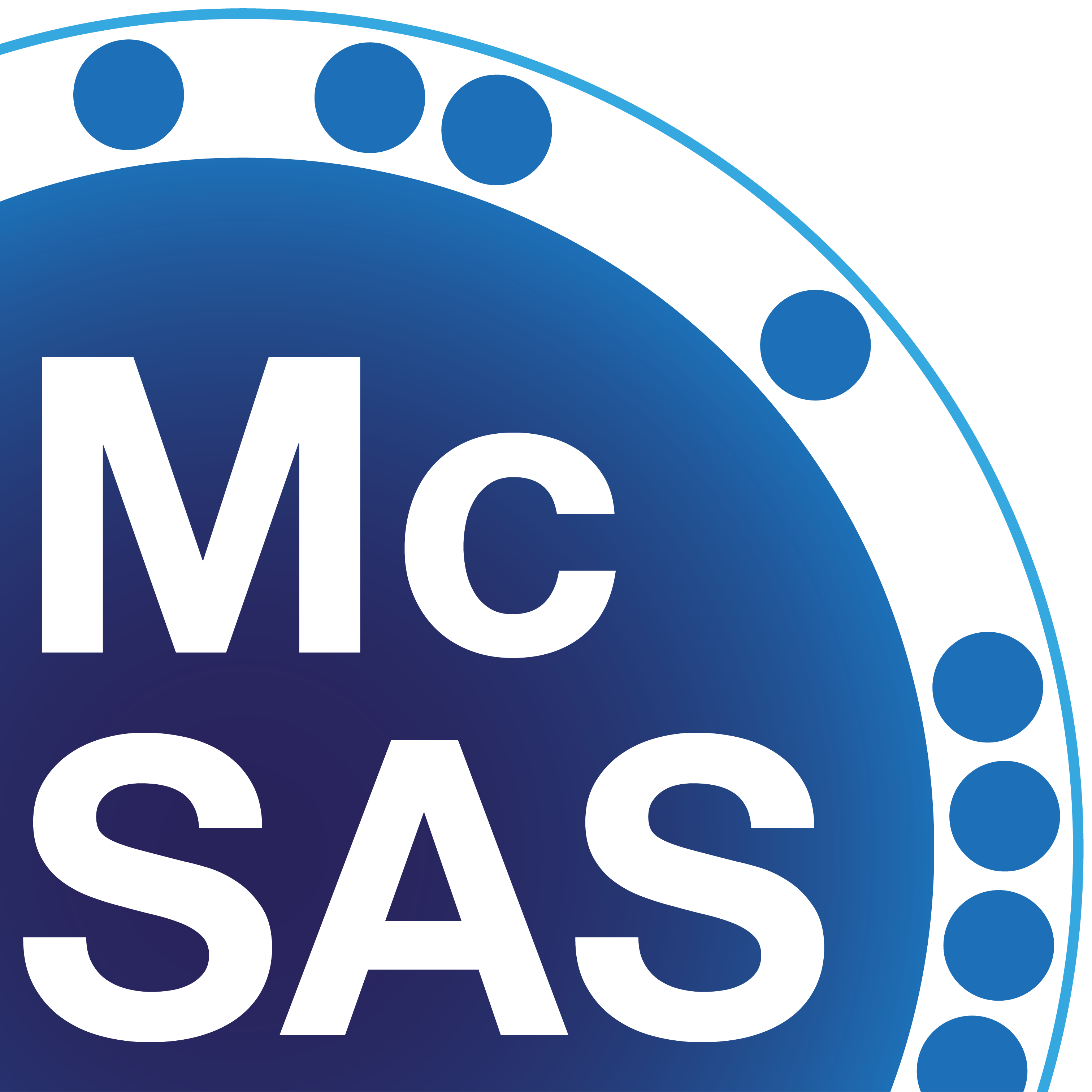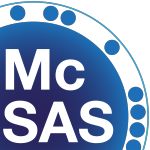
A few short stories for today, none of them really long enough to fill a blog post with, and therefore better combined for your enjoyment.
When scientists turn sour
Firstly: what happens when scientists turn sour? Answers to this question can be found in the events following the publication of our anti-stripy nanoparticles paper (some background here and here). The events have been well recorded by Raphaël Lévy, but I will reiterate them here for the LaN readership.

Image source: http://dx.doi.org/10.1039/C4CC04114C Copyright Royal Society of Chemistry, permission requested for use on this blog on Saturday Nov. 15.
After the publication, a few legitimate comments emerged on the PLOS One site and the related Pubpeer site. However, the situation turned odd again with the appearance of a “Gustav Dhror” in the PLOS One paper comments.
While initially asking halfway sensible questions, the discussion with him quickly returned to the level reminiscent of the discussions with “Unreg” at Pubpeer a while ago. After an increasingly fruitless discussion, Raphaël discovered that no scientist with the name appeared to exist. While anonymity or pseudonymity was fine at Pubpeer, the conditions of the PLOS One commenting system specifically requires people to identify themselves honestly.
The story deteriorates from there. A commenter appeared calling himself Wei Chen, a real scientist from China. Raphaël called the person to verify he was the author. Shockingly, that turned out not to be the case. Our troll had moved from fake names to identity theft. Having had those comments removed, the troll then started to spam comments on PLOS One, under aliases of “I am Wei Chen”. Another person, a “Jeff Davies” appeared, who after a quick check turned out to be yet another impersonation. Lastly, the username “Nanonymous” was also hijacked on PLOS One, hitting another low in the story.
“What the hell” is the correct response here. How can a scientist sink so low to spend exorbitant amounts of time pissing in the pool? What could (s)he possibly think to gain from his or her sabotage? Can properly trained scientists really become this morally poor that this seems an appropriate and worthwhile course of action? All this makes me weep for the depths science has fallen, and curse the causes that led us to where we are now. For now, we will do what we deem right and true and hope that that course of action will prevail.
McSAS Logo
While there have been some papers using the MC method, the early versions of the code may not have been user friendly enough for many to use. With the beta release of the GUI’d-up McSAS v1.0, and the release of the presubmission manuscript, we hope to encourage wider adoption of the method.

Naturally, one thing that attracts people to use a piece of code is an awesome logo. So Ingo and I have been working on this. After some failed initial versions, the idea emerged to use a roulette wheel (hinting to the Monte Carlo origins). After making a roulette wheel and removing the unnecessary parts, adopting a “cool” colour and adding some more balls (one way to increase your chances in roulette), the following logo emerged (see Figure 1). We hope you like it!
canSAS meeting in April
Fortunately for those of us living on the Pacific side of the world, the upcoming canSAS meeting is going to be held at CROSS/J-PARC in Tokai, Japan. The dates are April 14-16.
The topics of the canSAS group align very much with my own. These are topics of standardisation, data correction and data analysis. The group consists of a bunch of formidable people from a variety of backgrounds in X-ray and neutron scattering, and (as far as I met them) are a very friendly bunch too.
The group emerged from a frustration of the lack of consistency between methods and datasets throughout the worldwide instrument park. As such, they have developed data storage standards and are working on data correction and analysis as well.
All this means that I will definitely go to Tokai for the meet, where I hope to connect with a great deal of like-minded people. If you are planning on going, and want to meet up, please feel free to contact me by comment, e-mail or Twitter (user @drheaddamage)!

Leave a Reply